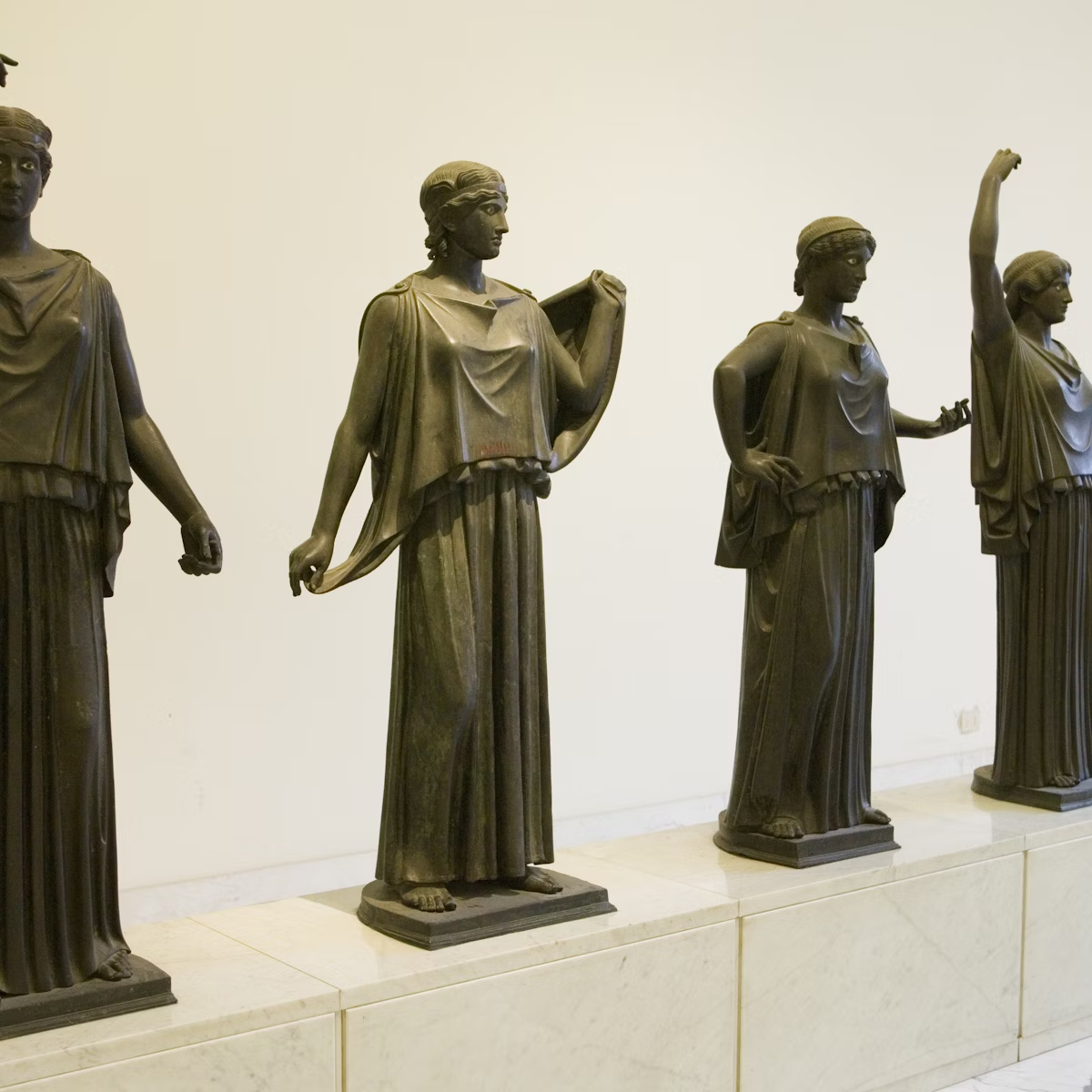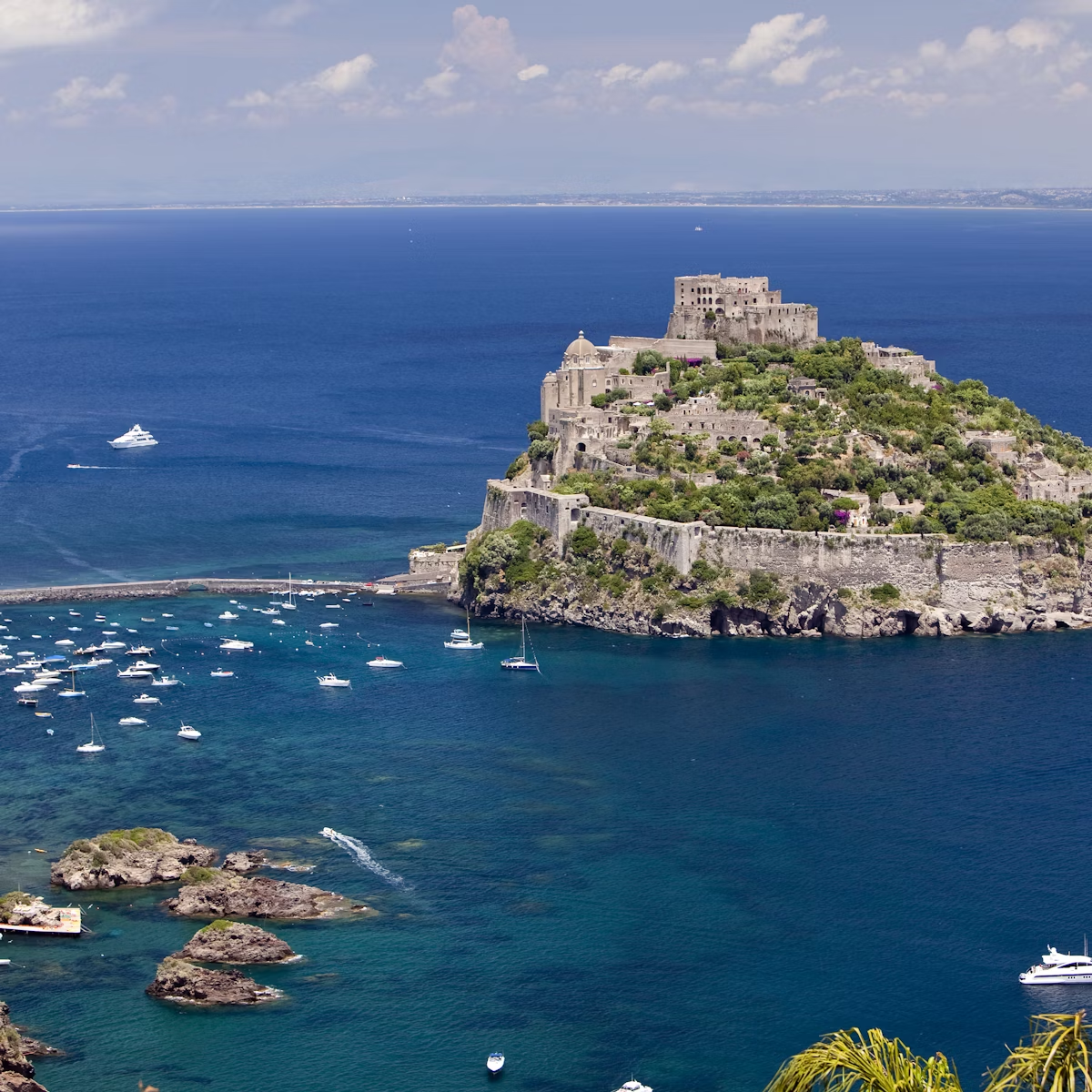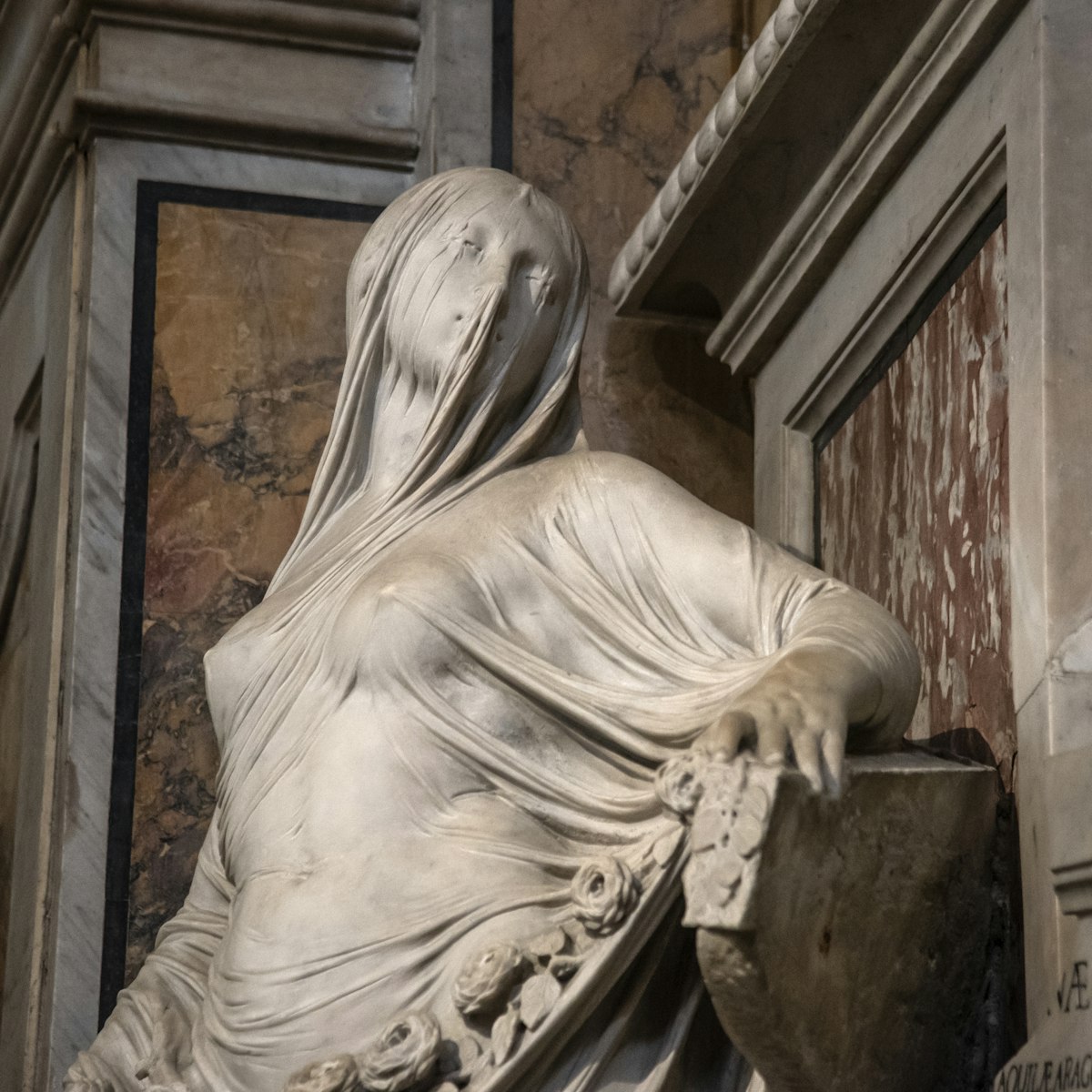This usually crowd-free museum occupies the commanding Castello di Baia, built in the late 15th century by the Aragonese as a defence against possible French invasion. Later enlarged by Spanish viceroy Don Pedro de Toledo, it served as a military orphanage for most of the 20th century. Today, it's home to an interesting collection of local archaeological treasures.
These include items from the area's original Greek settlement, as well as artefacts from Pozzuoli's Rione Terra. Due to funding and management issues, access to various parts of the collection are notoriously changeable; on our last visit, both the museum's nymphaeum (shrine to the water nymph, dredged up from underwater Baiae) and a bronze equestrian statue of the Emperor Domitian were off limits.
Admission includes entry to the Parco Archeologico di Baia, Scavi Archeologici di Cuma and the Anfiteatro Flavio; the combined ticket is valid for two days.







